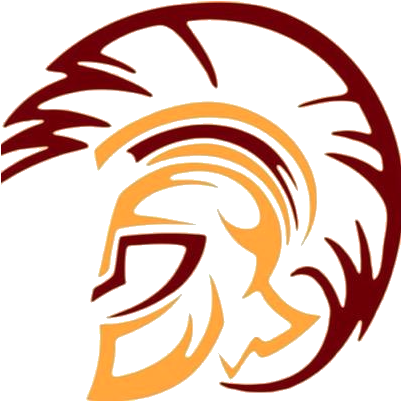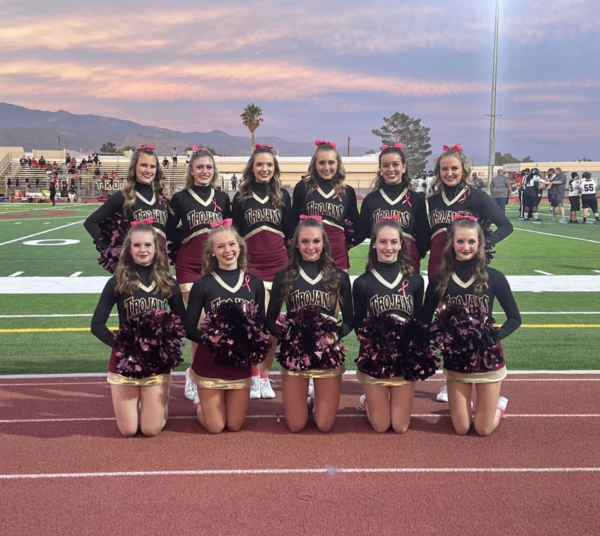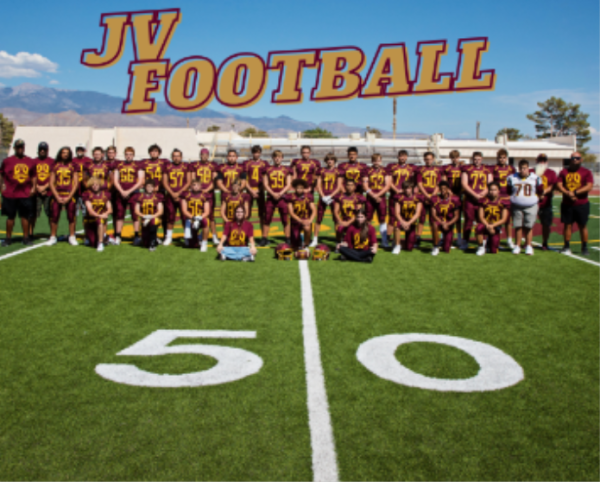Nevadan 2018 Elections
It’s not the Presidential elections, but it still effects the whole country.
The crown of Sandoval is no more. Sisolak. Laxalt. Lord. Best. The governor’s seat is empty.
Governor Brian Sandoval has been the incumbent for the past 7 years. This will change on November 6th, when the elections begin.
Steve Sisolak is the Democratic nominee for Nevada’s governorship. A native Wisconsinite, Sisolak has a degree in business and a history of contribution, commission, and controversy.
He’s a constant volunteer, working for societies like the American Red Cross in Clark County, and has also worked on the commission’s board for the Water District and Clark County.
However, his political and business career has been marred by controversy with his peer Kathleen Vermillion, who has sued Sisolak once for leaking personal health records. The allegations, often cited by the opposition, have become a major topic for the governorship.
Sisolak has been noticeably excluded from President Barack Obama’s list of endorsements, and faces criticism from his fellow Catholics for his opposition to the First Choice abortion clinic.
One of the most ardent members of this group is Victor Joecks, a journalist for the Review Journal, who has said that the First Choice clinic is great and they treat everyone “with care and love, whatever decision they make.”
The fact that Sisolak is Catholic is an important one in politics. Many protestant American voters take issue with Catholics in politics.
This issue was mostly defeated since the election of John F. Kennedy, but anti-Catholic sentiment is still prevalent in areas like the South, where religion is a common part of society.
Interestingly enough, both Republicans and Democrats have had Catholics, who, until recently, have been generally conservative in their views.
For example, John F. Kennedy (1960 Democratic President), John Kerry (2004 Democratic Presidential candidate), Joe Biden (2008-2016 Democratic Vice President), Paul Ryan (2012 Republican Vice President candidate and Former Speaker of the House), Tim Kaine (2016 Democratic Vice President candidate and Governor of Virginia 2006-2010), and Mike Pence (2016 Republican Vice President) are all notable catholic politicians, but there are many many more, on both sides.
Adam Laxalt is the Republican candidate. He’s a native Nevadan, the current Attorney General of Nevada, and a Navy veteran.
Laxalt was a secretary for Under Secretary of State of State for Arms Control and International Security John R. Bolton, as well as Virginia Senator John Warner. He then practiced law until his bid for Attorney General in 2014.
In his running, Laxalt has not won Sandoval’s approval as successor. Sandoval claims that Laxalt would “undo anything that I put forward,” disagreeing on issues such as taxes and conservation.
Both major party candidates have major issues with their party and groups that would seem like intense supporters have been lukewarm at best with both of them (the Catholic bloc with Sisolak, and Nevadan conservatives for Laxalt); however, Nevada has a history of third party candidates.
Libertarian candidate Jared Lord is also running for governorship. Although unlikely, a libertarian governorship would be right at home in the West.
Lord is a native Massachusettesan, but considers Nevada his permanent home, after moving here in 2009. Two years later, he became the State Director for Nevada under Gary Johnson (the 2016 Libertarian candidate for the presidency).

Since then, he has volunteered for the Our America Initiative, which helps promote Libertarian ideas on the local levels. He has since resigned from this position after his bid to become governor.
That is essentially everyone who has a chance to win the election. The other two minor contenders, among many Independents, are Russell Best and Ryan Bundy.
There is one candidate option that makes Nevada unique is the universal option of “None of these candidates,” which has historically won a lot of Nevadan votes. Specifically, it’s won two primaries (one Democrat in 1986 and one Republican in 1978). The most it’s ever won in an actual election is 4.7% in the 2002 gubernatorial.
This can still affect an election adversely. None of these candidates can draw votes from both sides. If it does manage to win, the candidate with the next biggest plurality, or candidate with the next most votes wins.
The intricacies of election makes the whole ordeal that much more confusing. There’s a reason democracy falls into two candidates so often.
However, nobody is forced into a two party system. If there’s an interesting candidate running, contact them or get information from other sources on them. Read their successes and their controversies.
An informed voter is the goal of democracy. Vote for any party, ideology, or candidate, but know who you’re voting for.





